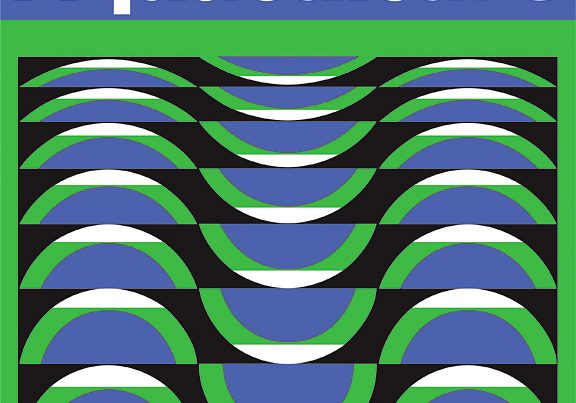Document type: article published in Animals
Preview: Free-range pullets are often reared indoors, which may make it difficult to adapt to being outside as adult hens. Enrichments during rearing could improve the birds' behavioural and physical development. Hy-Line Brown® chicks (n = 1700) were reared indoors across 16 weeks with 3 enrichment treatments: (1) a standard control; (2) novel objects provided weekly (novelty) or (3) perching structures (structural) provided. All pullets were weighed at 5, 8, 12, and 16 weeks old. Pullets were also tested in two behavioural tests at 9 (n = 87) and 16 (n = 90) weeks of age, assessing fear and responses to stress. At 15 weeks, lymphoid organs were extracted and weighed from 90 pullets. Pullets were transferred to the free-range facility at 16 weeks and housed in 9 identical pens within rearing treatments. Hens perching were counted via video recordings across the first week. Structural hens perched less than the novelty hens in the layer facility (p = 0.02) but there were few other consistent rearing treatment differences. The rearing environments had minimal effects on pullet behaviour and welfare; greater differences may be seen in the adult hens.




